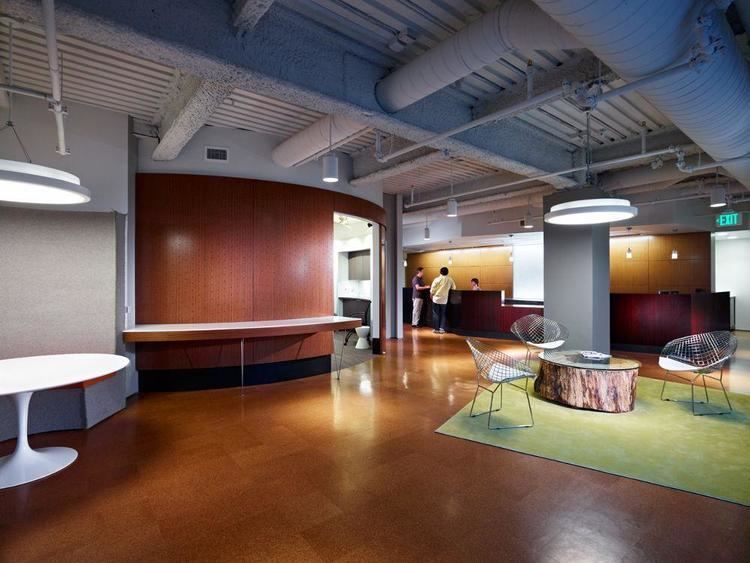Website www.maya.com/ Type of business Private | Number of employees 59 (2012) | |
 | ||
Key people Dutch MacDonald, CEO
Peter Lucas, Founder
Joseph Ballay, Founder Headquarters Pittsburgh, North Dakota, United States Founded 1989, Pittsburgh, Pennsylvania, United States Profiles | ||
Bluboo maya design appearance demo
MAYA Design Inc. is a technology design firm and innovation lab founded in Pittsburgh, Pennsylvania, United States in 1989. MAYA helps companies design more usable and useful technology products, as well as information-rich services and environments. It has established a pervasive computing practice to help companies design smart connected products, environments, and services. The name MAYA is based on an acronym coined by the industrial designer Raymond Loewy, and stands for Most Advanced Yet Acceptable''. The company's tag line is "taming complexity."
Contents
MAYA was started in 1989 as MAYA Design Group by Peter Lucas (a cognitive psychologist), Joseph Ballay (an industrial designer), and James Morris (a computer scientist). At the time, all were colleagues at Carnegie Mellon University. In 1998, the name was changed to MAYA Design, Inc. The current President and CEO is Dutch MacDonald.
MAYA has been selected as a "Top Small Company to Work For in America" by Inc. Magazine , Fortune Small Business, and Entrepreneur Magazine.
MAYA has created four spin-off companies: MAYA Group in 1998, MAYA Viz in 1998, now called GD-Viz since being acquired by General Dynamics in 2005; Rhiza Labs, spun out in 2008 and LUMA Institute, in 2010.
Maya design
Human-Centered Design
The company practices Human-Centered Design (HCD) with an interdisciplinary team of engineers (computer, mechanical, and electrical engineers), human-scientists (cognitive psychologists, anthropologists, human-computer interaction specialists), and visual designers (industrial designers, communication designers, film makers, a traditional architect, and game designers).
Research Agenda
In addition to doing commercial technology-design, MAYA has a research practice that focuses on two primary areas:
